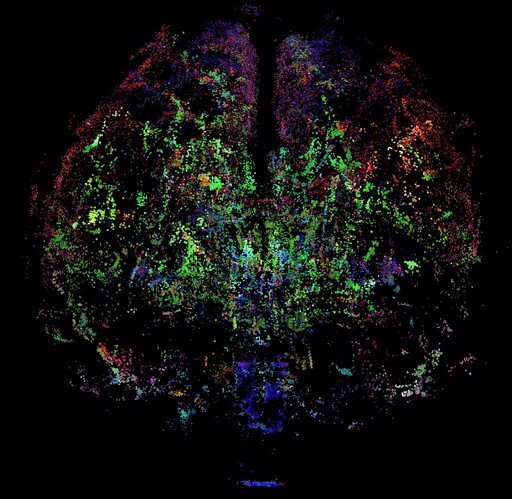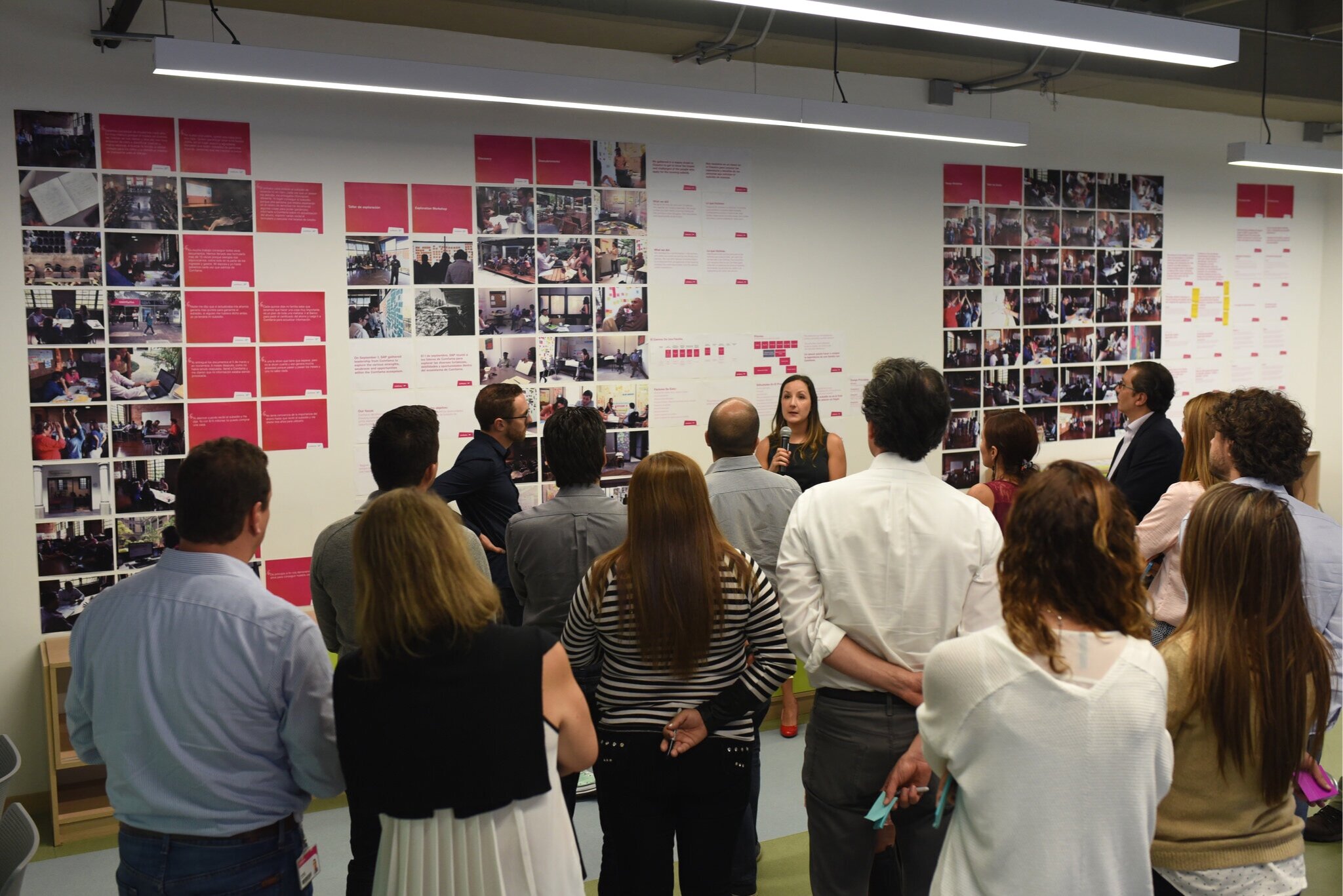
Design Insights
Blog for design insights cultivated through learning and experience
The Power of Rituals
Humans have created and transformed rituals and habits over time. There is evidence even in the good effects purposely invented rituals can have when dealing with tough times. In this post I explore how we can incorporate traditions in our designs to increase ‘stickability.’
Why I Co-Founded Design Sapient.
I learned how human-centered design principles enabled the team to understand how the world changed for all the stakeholders, including low-income families, home builders, lenders, and government agencies, and how the stakeholders responded to these changes. The insights informed the designers and the program managers on how to redesign, revise and refine the program to align with the new stakeholder behaviors, especially the low-income families aspiring to become homeowners, that resulted from these external changes and internal responses.
Learning from the past to Design the Future City
Barcelona, New York City, San Francisco, Birmingham, and Helsinki, among many other cities, are looking for ways to reclaim space from cars and repurpose it into plazas, pedestrian streets, parks, and outdoor sitting for businesses. And doesn’t this picture look familiar? Photographs and movies from decades ago paint a scene where streets are not only a means to reach a destination but rather a destination in itself.
Cities Designed for the Future
Climate change is forcing many to reevaluate their urban plans for people-focused approaches and based on how cities can best respond to the impacts of global warming. The human-centered design provides an ideal roadmap because it helps design cities to be more interactive with their environments by employing stakeholders at all levels of society to design solutions that address the core problems they face.
Connecting the Dots
We are pleased to announce a series of blog posts about “Connecting the Dots” between Human-Centered Design and the world in which we work and live
Zebra companies
Zebra Companies work together and, while striving for profitability, their values are set to improve society.
Understanding people
In order to fully understand people you have to go beyond standard tags of gender, age, income level and get to know them as people: how do they live? What are their needs and aspirations? Who and what do they trust and why?
Once a designer, always a designer?
There is a theory that says that learning a new language rewires your brain. I am bilingual since childhood, and I have learned five other languages, six if we count human-centred design.
Redesigning for success
New times require adjustments to programs that used to work. And wicked problem (large-scale social problems with complex solutions), have many different stakeholders and interest groups involved, so the proposed solutions should tackle the issue from multiple angles.
Let’s do this
Four years ago I discovered design thinking and human-centered design and I have combined it with sustainable development to become a service designer helping solve wicked problems in a sustainable way - with the end user’s present and future needs at the center of the design, while also having key stakeholders happy and enthusiastic about the service or program.











